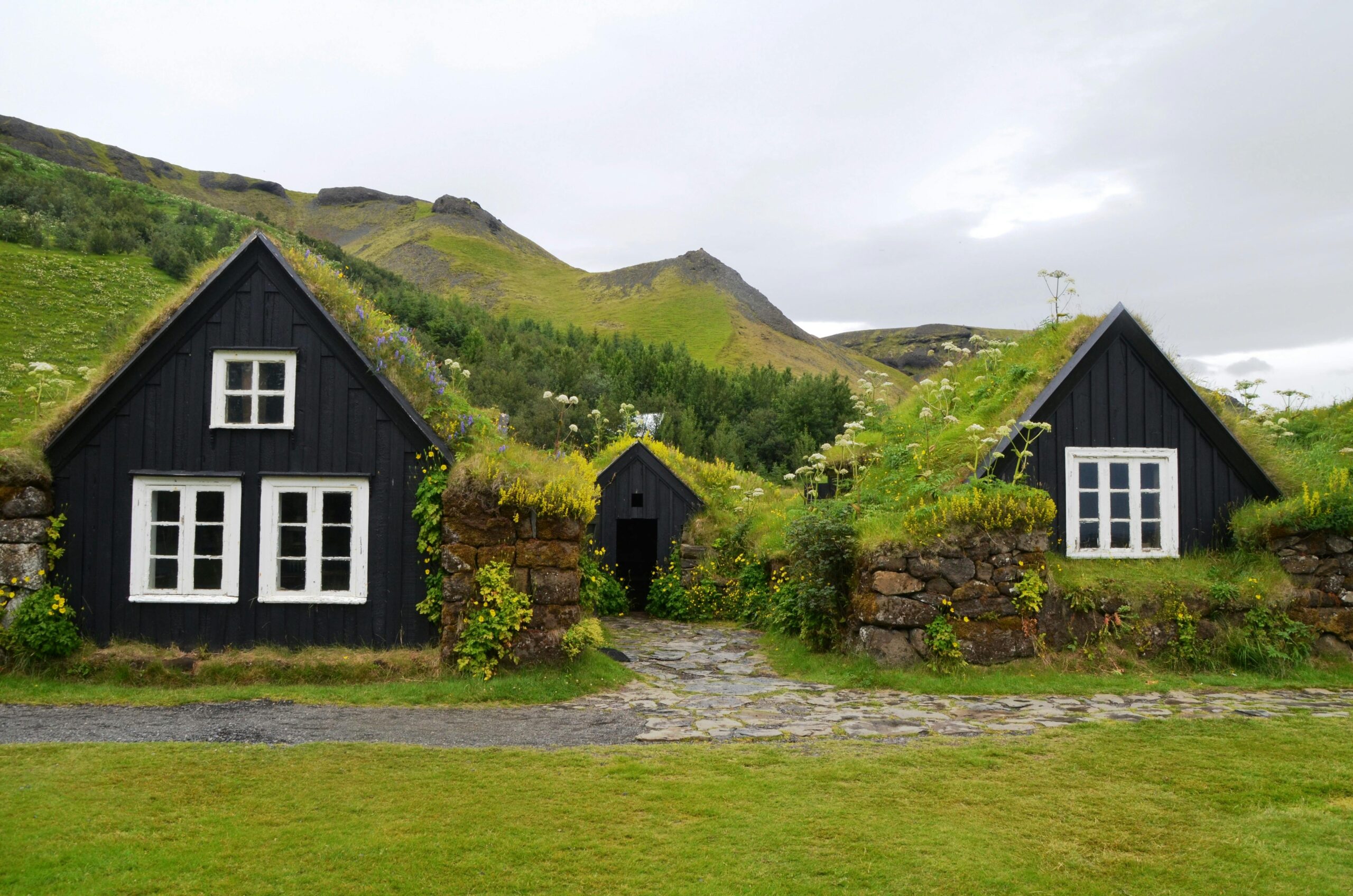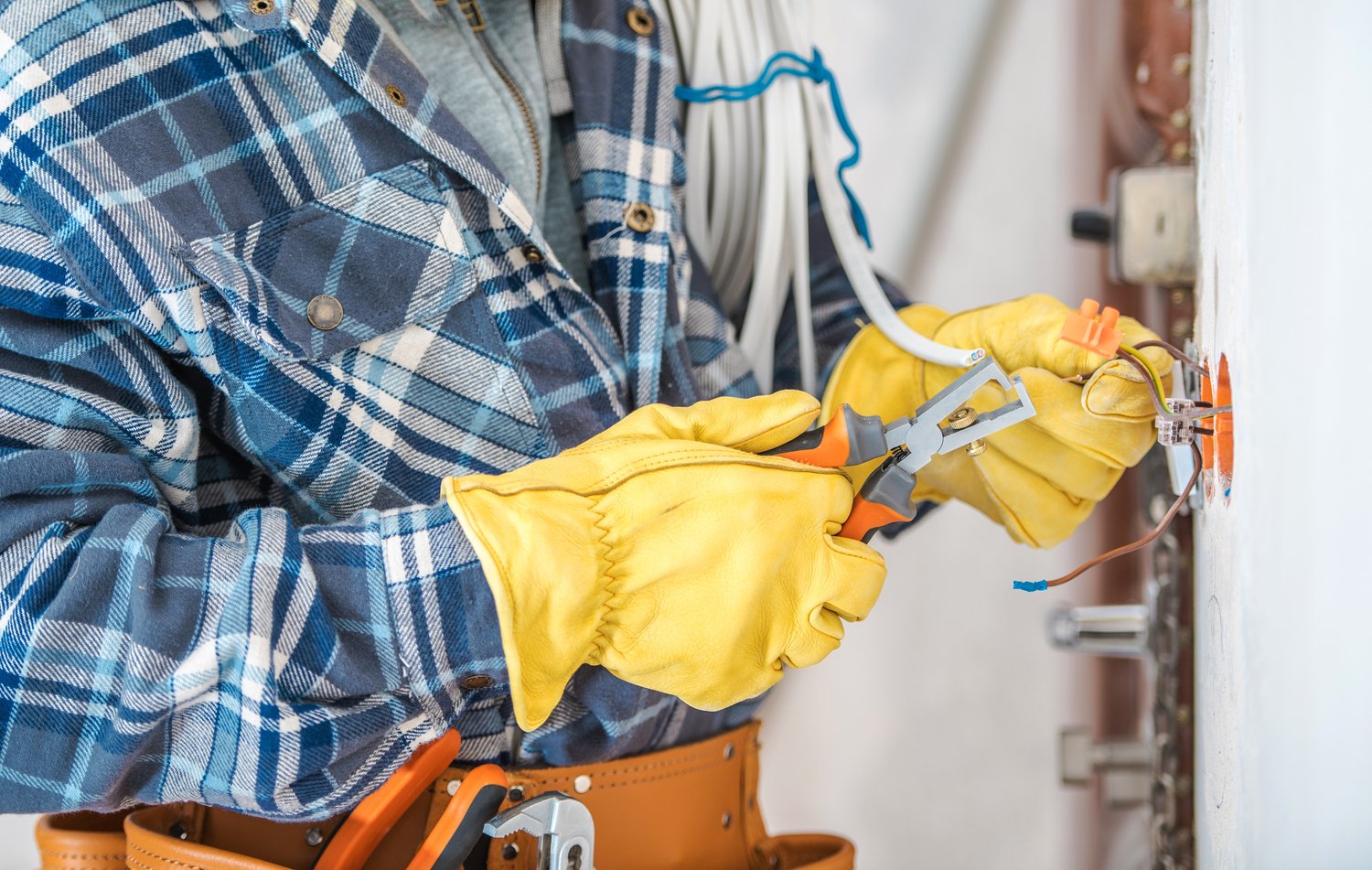Green roofs, also known as living roofs, are transforming urban landscapes by converting traditional rooftops into thriving ecological spaces. These vegetated roof systems offer impressive environmental, economic, and aesthetic advantages for both residential and commercial buildings. From improved insulation and extended roof life to enhanced stormwater management, green roofs represent one of today’s most innovative eco-friendly roofing solutions. This article explores the benefits of green roofs, installation considerations, and maintenance requirements to help you determine if a living roof might be right for your property.
What Is a Green Roof?
A green roof or living roof system is essentially a layer of vegetation planted over a waterproofing membrane, with additional layers for drainage, filtering, and root barriers. Unlike traditional roofs that simply protect buildings from the elements, vegetated roofs become functioning ecosystems that interact with their environment. Green roofs range from simple sedum-covered surfaces to elaborate rooftop gardens with diverse plant species. These systems have been popular in Europe for decades but are gaining significant traction in North America as sustainable building practices become more mainstream and property owners recognize their multiple benefits.
Environmental Benefits of Green Roofs
Green roofs deliver remarkable environmental advantages in urban settings. Perhaps most significantly, they play a crucial role in stormwater management. Green roof systems can retain 70-90% of precipitation that falls on them in summer and 25-40% in winter, reducing runoff and decreasing pressure on urban drainage systems. This stormwater management aspect is particularly valuable in cities with aging infrastructure or combined sewer systems prone to overflow during heavy rainfall.
Additionally, living roofs help mitigate the urban heat island effect by absorbing heat rather than reflecting it. They improve air quality by filtering pollutants and producing oxygen through photosynthesis. One study found that a 1,000 square foot green roof can remove about 40 pounds of particulate matter from the air annually. By creating habitat for birds, insects, and other wildlife, these rooftops also support biodiversity in otherwise concrete-dominated environments, forming green corridors through urban areas.
Economic Advantages for Building Owners
The economic case for green roof benefits installation is compelling. While the initial investment exceeds traditional roofing, the long-term savings are substantial. Green roofs typically double or triple the lifespan of roofing membranes by protecting them from UV radiation, extreme temperature fluctuations, and physical damage. Many green roofs last 30-50 years compared to 15-20 years for conventional roofs.
Living roofs provide excellent insulation, reducing heating costs by up to 25% in winter and cooling demands by up to 75% in summer. Buildings with green roofs often qualify for tax incentives, stormwater fee reductions, and other municipal benefits. Property values tend to increase as well, with studies showing premiums of 7-15% for buildings with accessible green roofs. Companies like AskHomey can connect property owners with knowledgeable green roof specialists who understand these economic benefits and can maximize return on investment.
Installation Considerations
Installing a living roof system requires careful planning. First, structural assessment is essential as green roofs add weight to buildings—typically 15-25 pounds per square foot when saturated for extensive systems, and 35-100 pounds for intensive designs. Professional evaluation ensures your structure can support this additional load.
Waterproofing forms the foundation of any green roof installation. High-quality waterproofing membranes, often made from modified bitumen, EPDM, or PVC, must be installed with absolute precision. A root barrier prevents plant roots from damaging the waterproofing layer. Drainage components ensure excess water can escape while retaining enough moisture for plants. The growing medium (engineered soil) must be lightweight yet nutritious enough to support selected vegetation.
Plant selection depends on climate, roof accessibility, and maintenance capabilities. Extensive green roofs typically feature drought-resistant options like sedums and succulents that can withstand harsh rooftop conditions. Intensive green roofs may incorporate a wider variety of plants including grasses, perennials, and even small shrubs or trees, but require deeper soil and more regular maintenance.
Maintenance Requirements
Vegetated roof maintenance varies depending on the system’s complexity. Extensive green roofs are designed to be low-maintenance, typically requiring only 2-3 inspections annually to remove debris, check drainage pathways, and occasionally weed unwanted plants. Irrigation is usually needed only during establishment and prolonged drought periods.
Intensive green roofs demand more regular attention, similar to ground-level gardens. This includes weeding, fertilizing, pruning, and irrigation during dry periods. All green roofs benefit from annual inspections of drainage systems and waterproofing elements to ensure longevity. Maintenance costs should be factored into the overall budget when planning a green roof installation, though these expenses are often offset by reduced replacement frequency compared to conventional roofing.
Making the Transition to a Green Roof
If you’re considering a green roof for your home or commercial building, start by consulting with specialists familiar with local building codes and climate considerations. Many municipalities now offer incentives for eco-friendly roofing solutions, which can help offset installation costs. Whether you choose a simple sedum-covered extensive system or a more elaborate intensive green roof, the environmental and economic benefits make living roofs an attractive option for forward-thinking property owners.
For more tips and to connect with reliable home service professionals, follow AskHomey on Facebook and Instagram.



